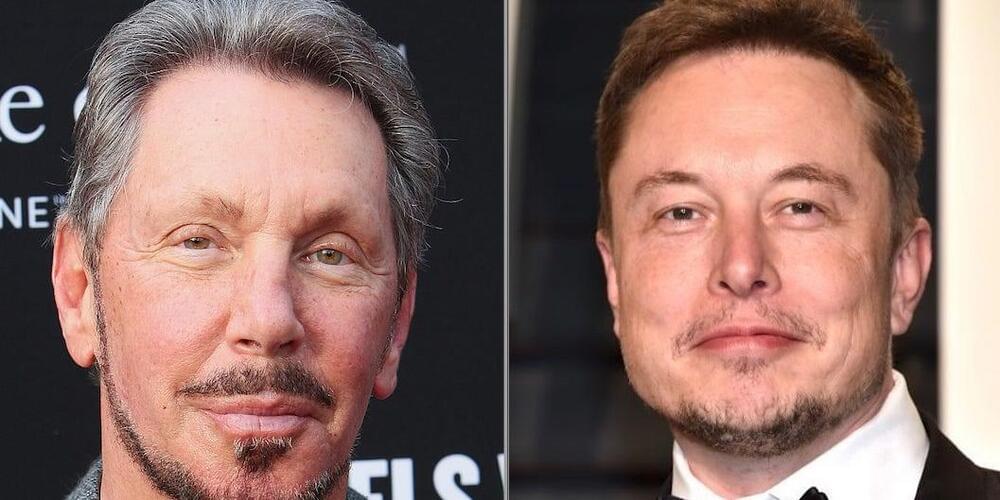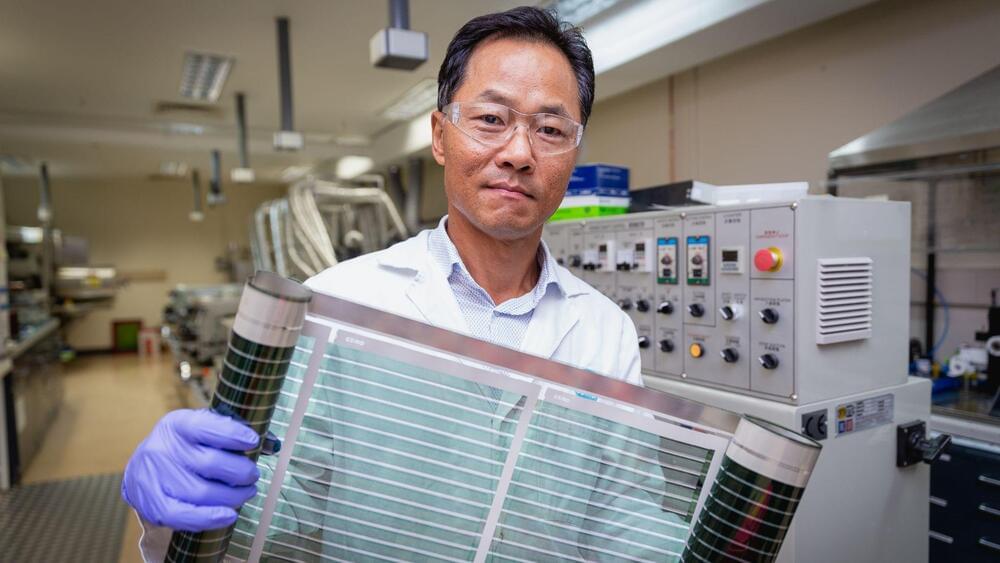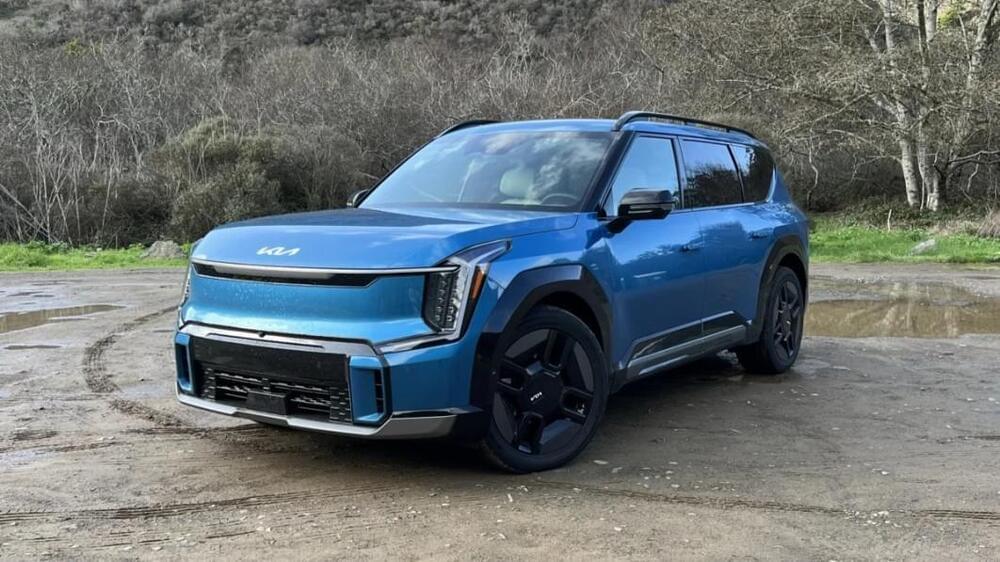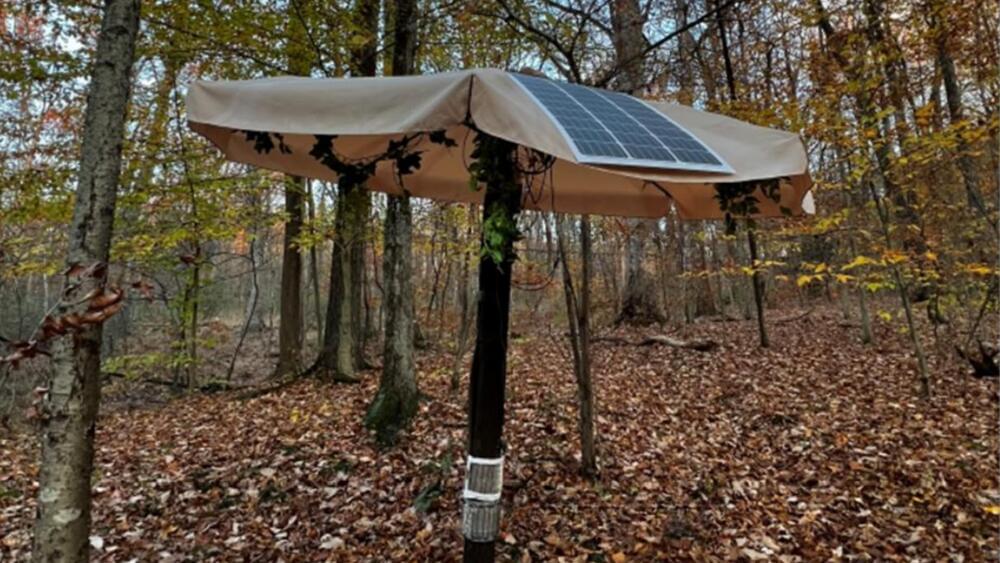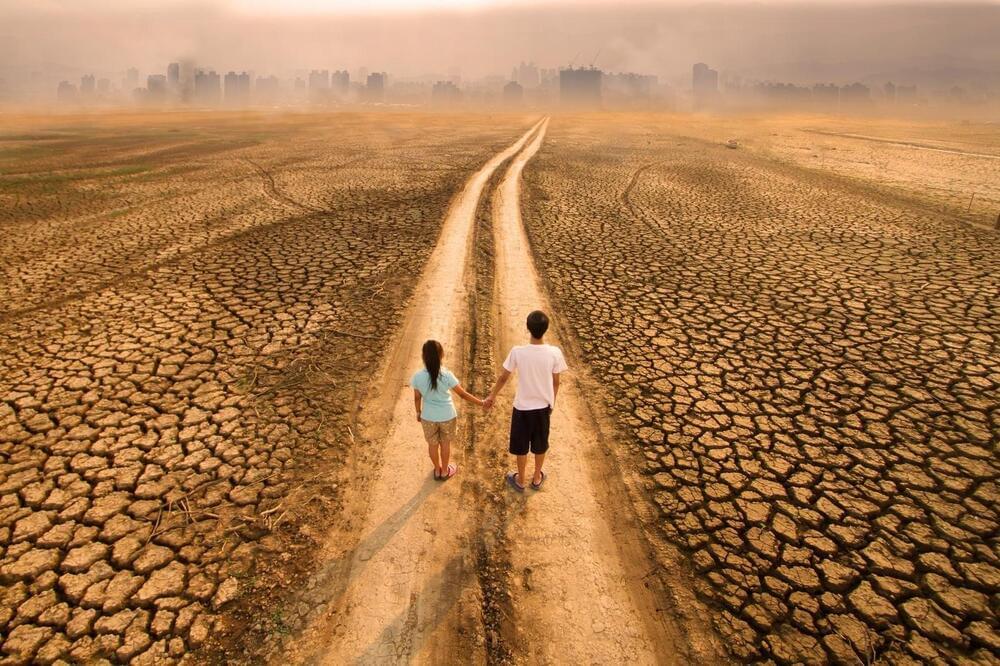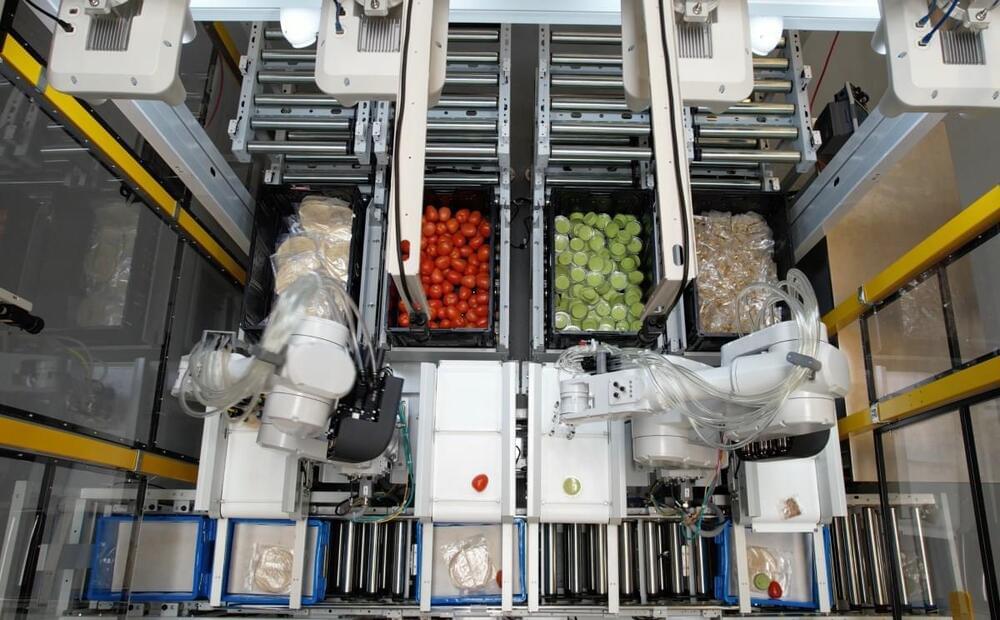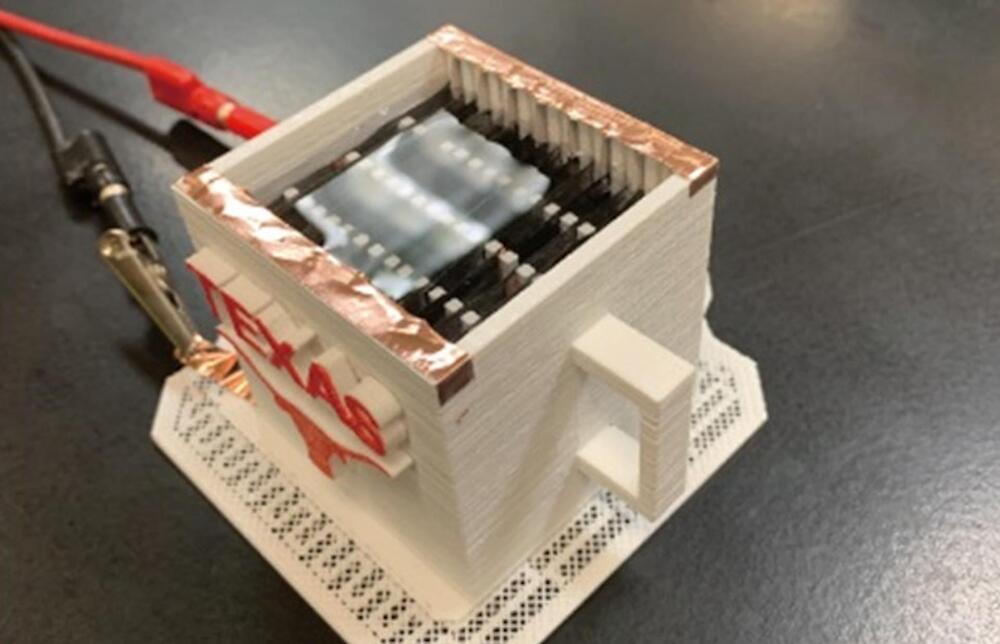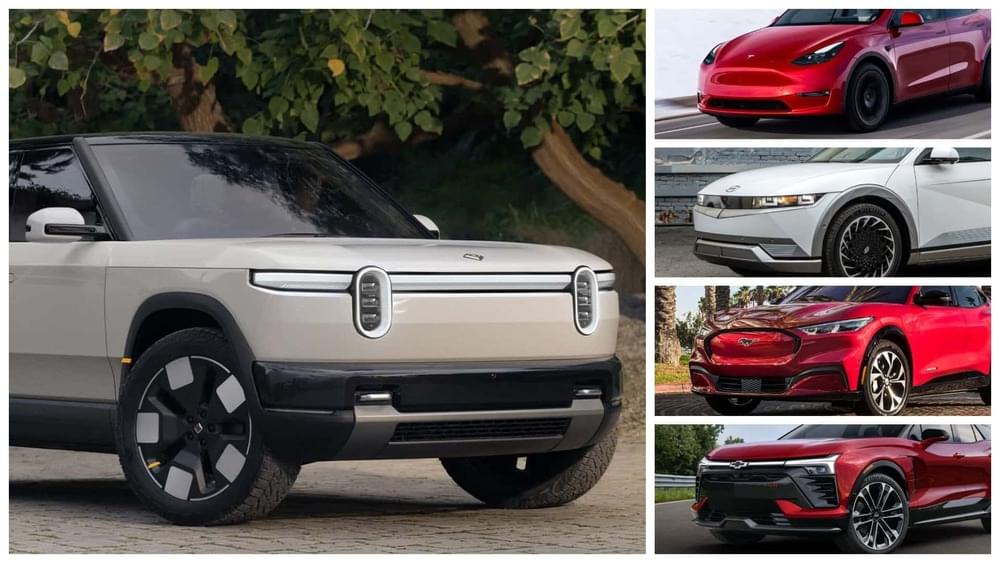Elon Musk’s SpaceX is teaming up with Larry Ellison’s Oracle to help farms plan and predict their agricultural output using an AI tool.
Larry Ellison said on Oracle’s earnings call on Monday that it’s collaborating with Musk and SpaceX to create the AI-powered mapping application for governments. The tool creates a map of a country’s farms and shows what each of them is growing.
The Oracle executive chairman said the tool could help farms assess the steps needed to increase their output, and whether fields had enough water and nitrogen.
